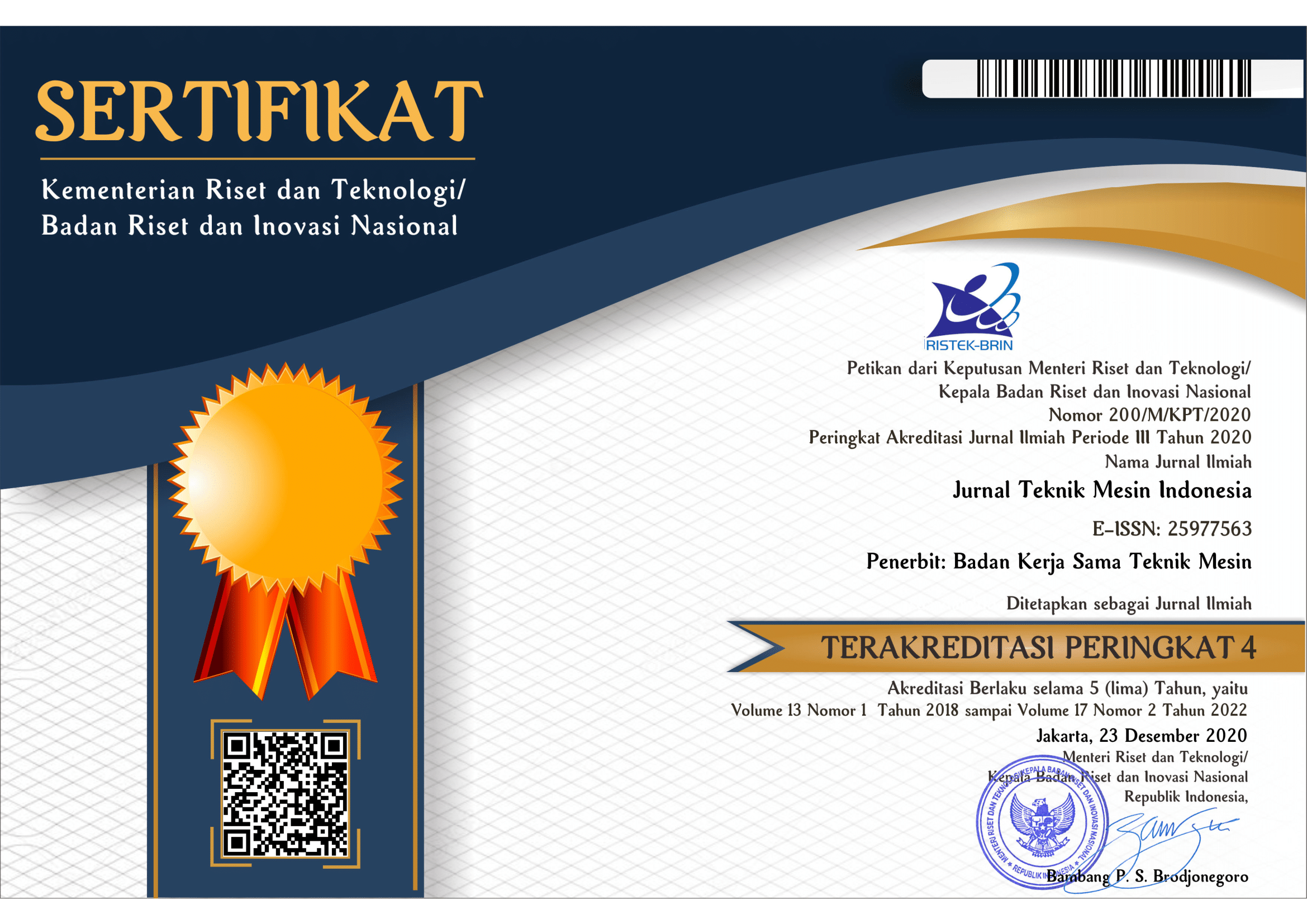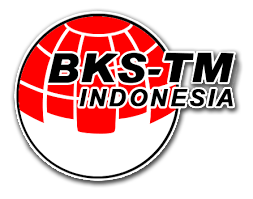Analisis Termal Proses Pengeboran Tulang dengan Metode Statistik Full Factorial untuk Pengontrolan Nekrosis Tulang
DOI:
https://doi.org/10.36289/jtmi.v19i02.746Abstract
Bone drilling is processing to create holes in bone when joining fractured bone parts with bolts. The bone temperature can increase during the bone drilling, causing necrosis and reducing stability and fixation strength. The temperature of bone necrosis can be controlled by applying the appropriate bone drilling parameters. This study experimentally examines the effect of drilling parameters on the temperature during bone drilling using the full-factorial design method. The material test was bovine bone, which its mechanical properties similar to human bone. The bone temperature was measured using two temperature-measuring instruments: a thermocouple (K type) and a Thermal Camera. The study results show that the drill speed and diameter significantly impact the temperature of bone and bone chips. The Increasing in drill speed and diameter increased the bone temperature. The temperature of bone necrosis (>47oC) was found mainly in bone chips when the drill speed was 2800 rpm, and the drill diameters were 4 and 6 mm. The bone temperature prediction model was also made with a correlation value of about 80-90% and an absolute error rate of about 5-7%, so that can be declared accurate in predicting the bone temperature. This model will later help control the temperature of bone necrosis










